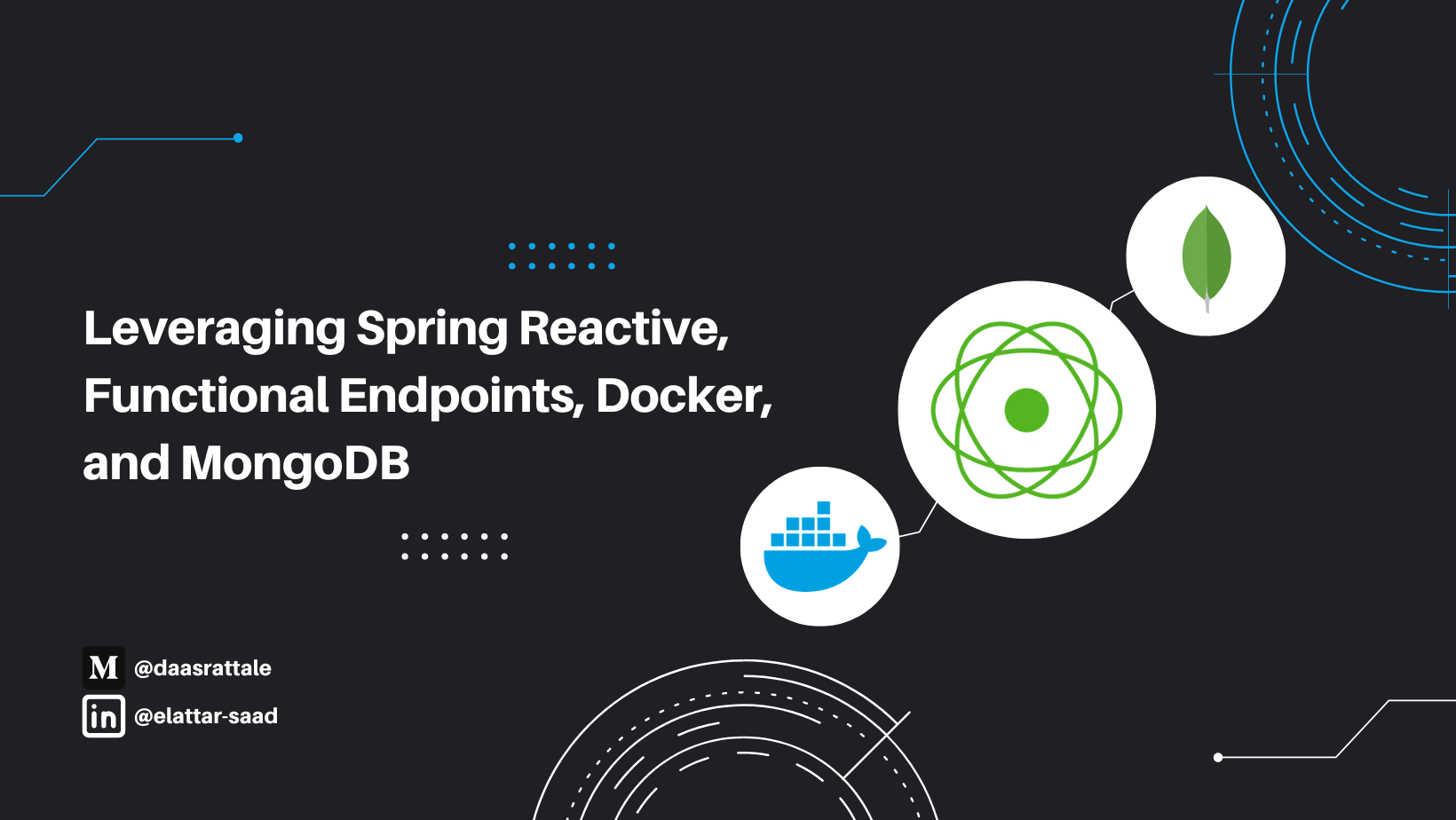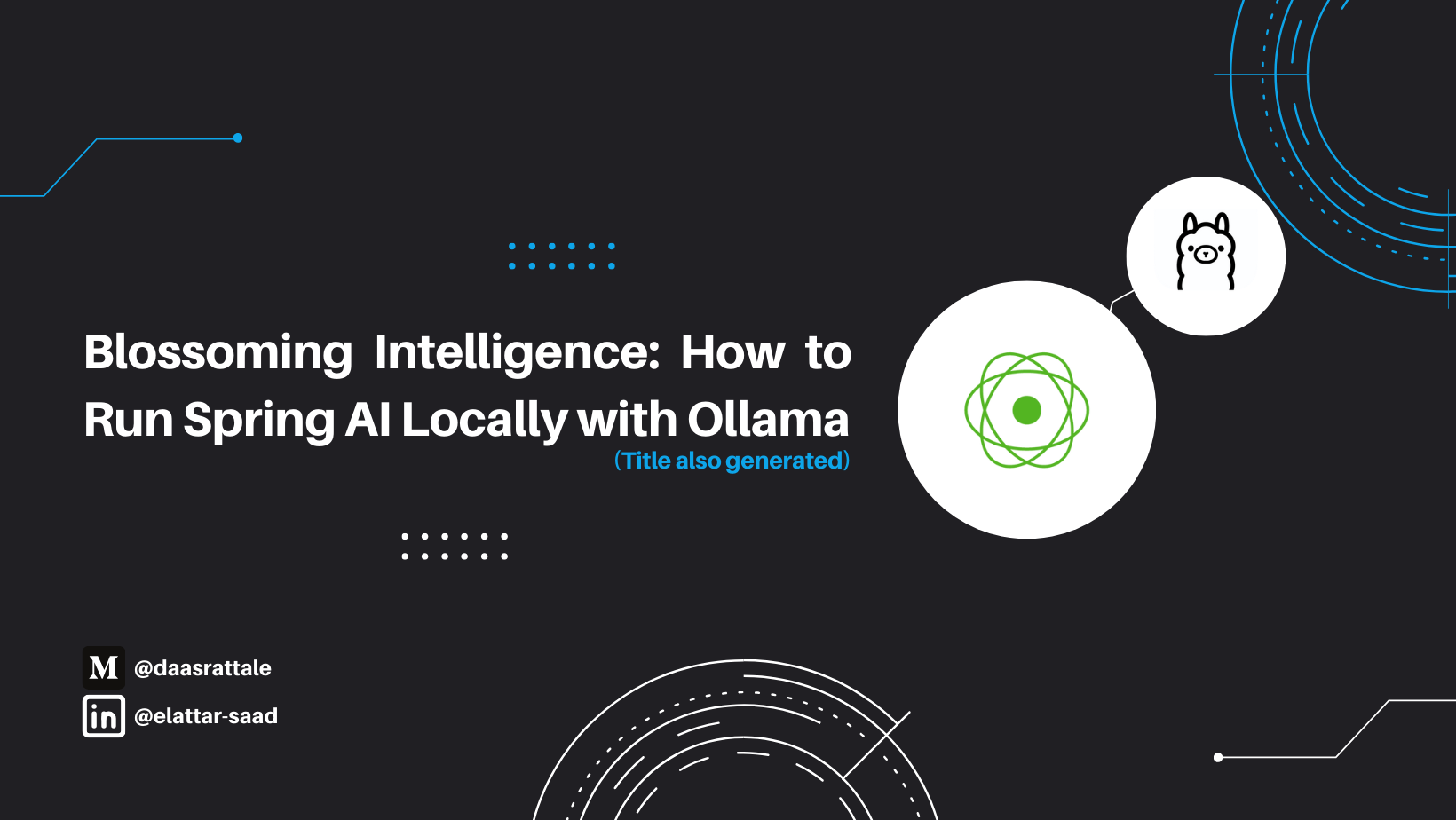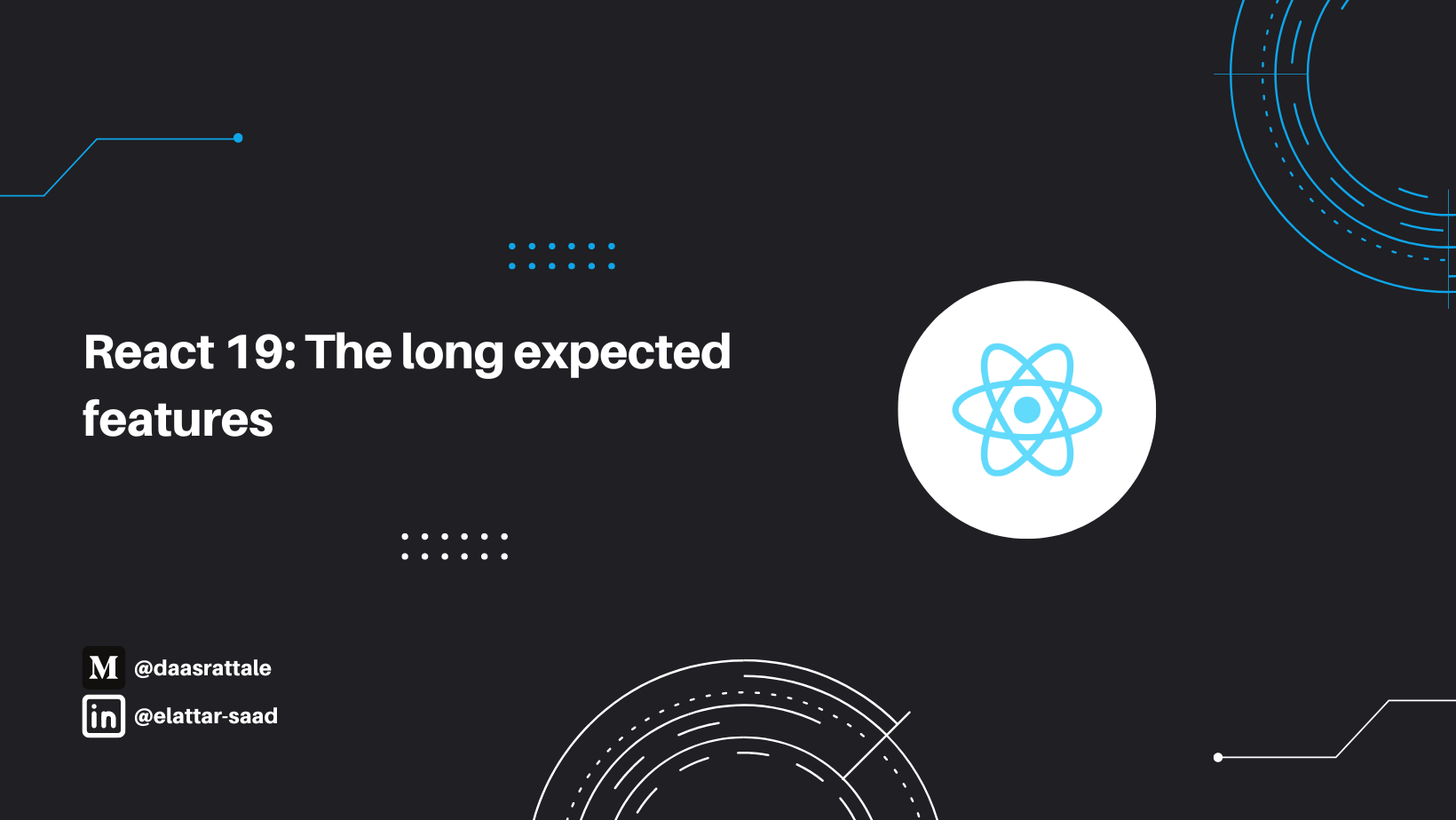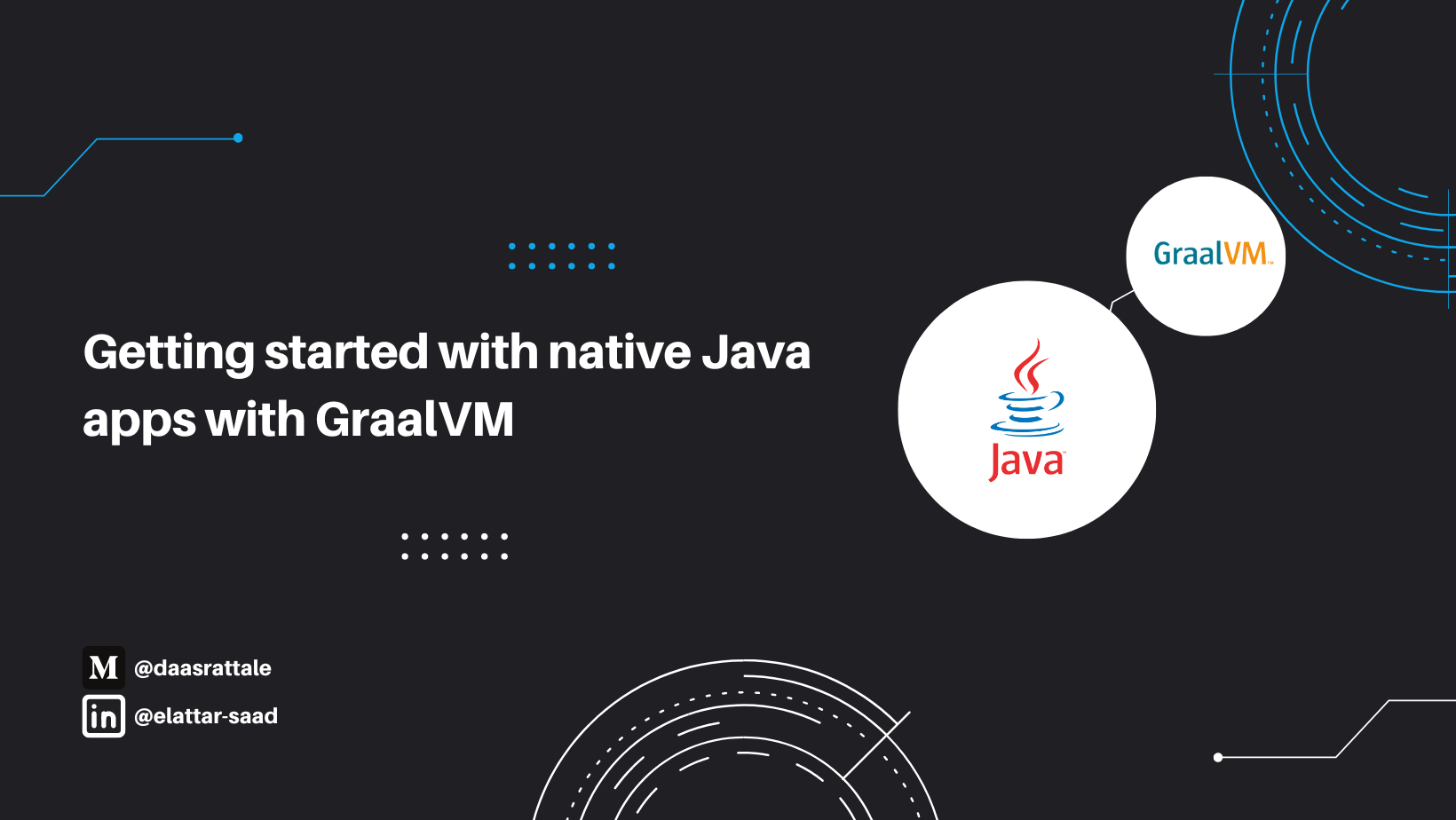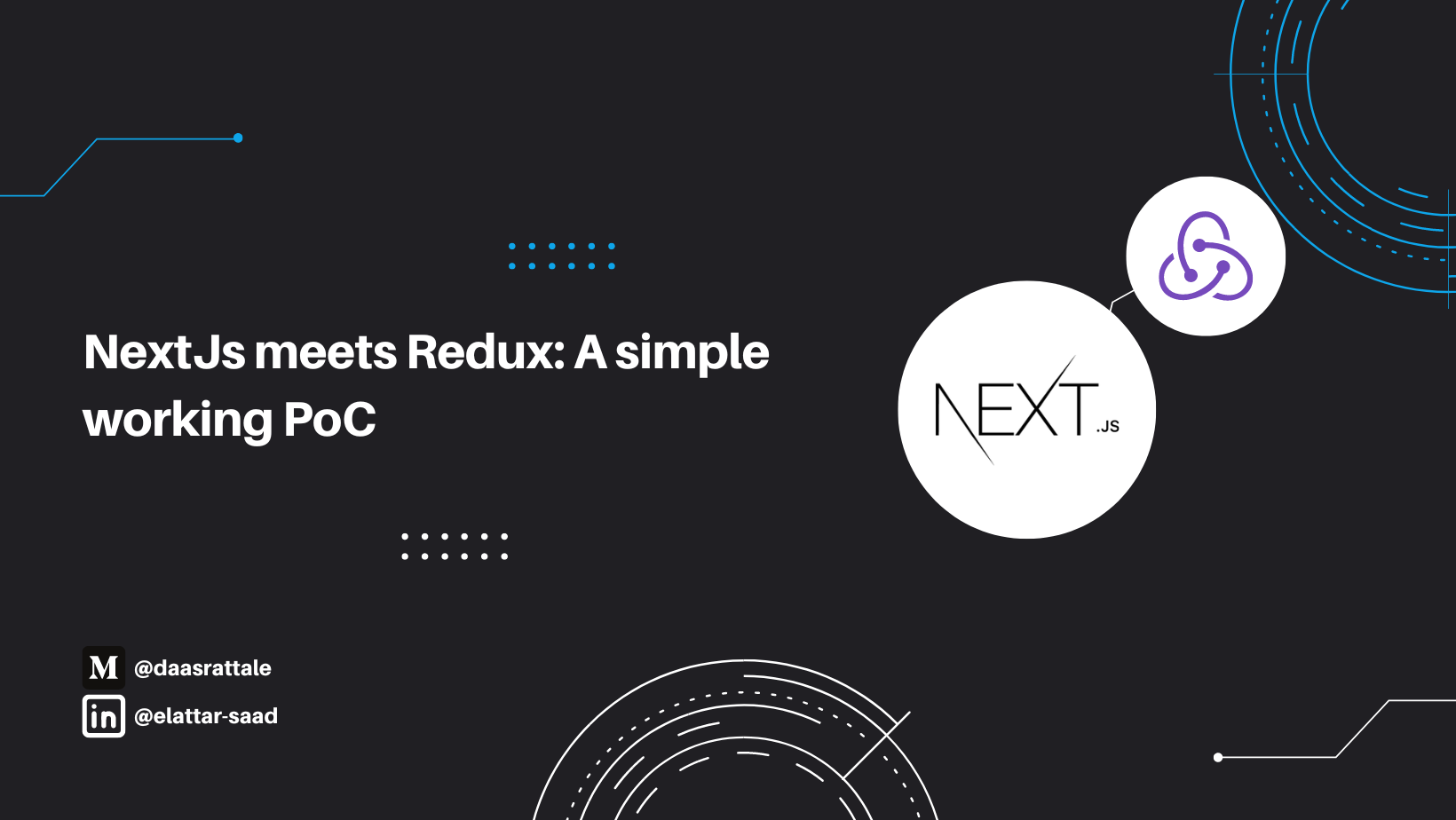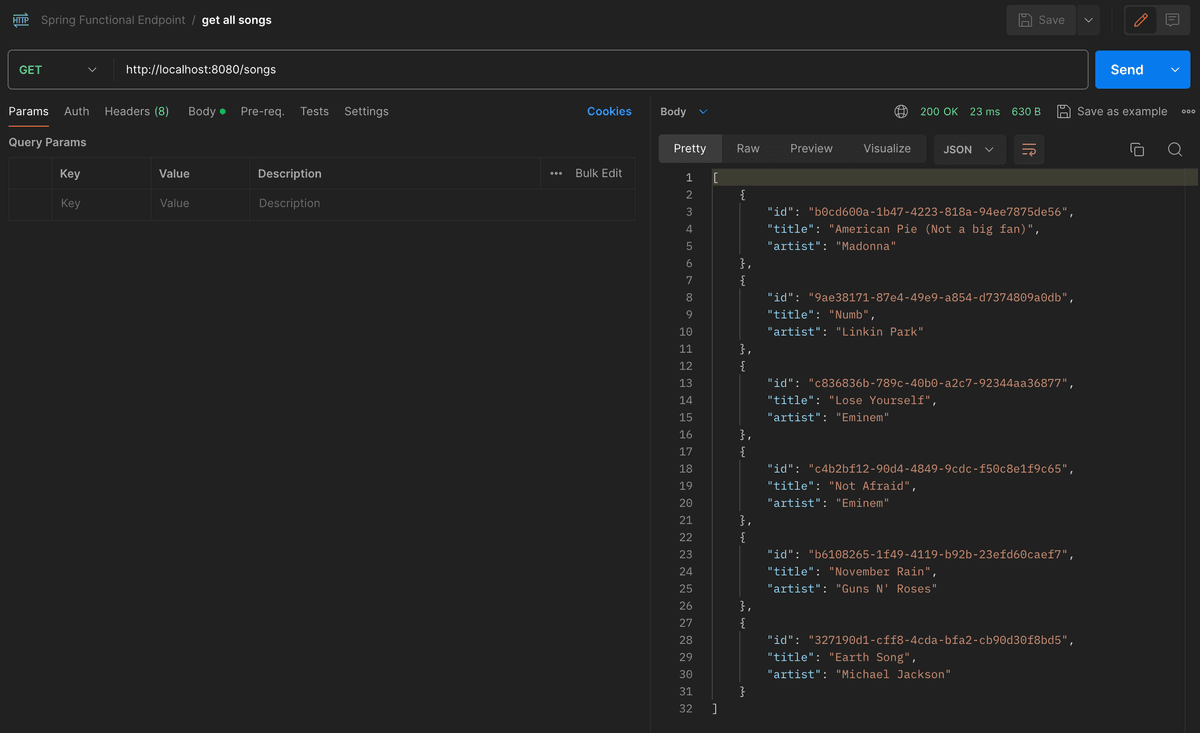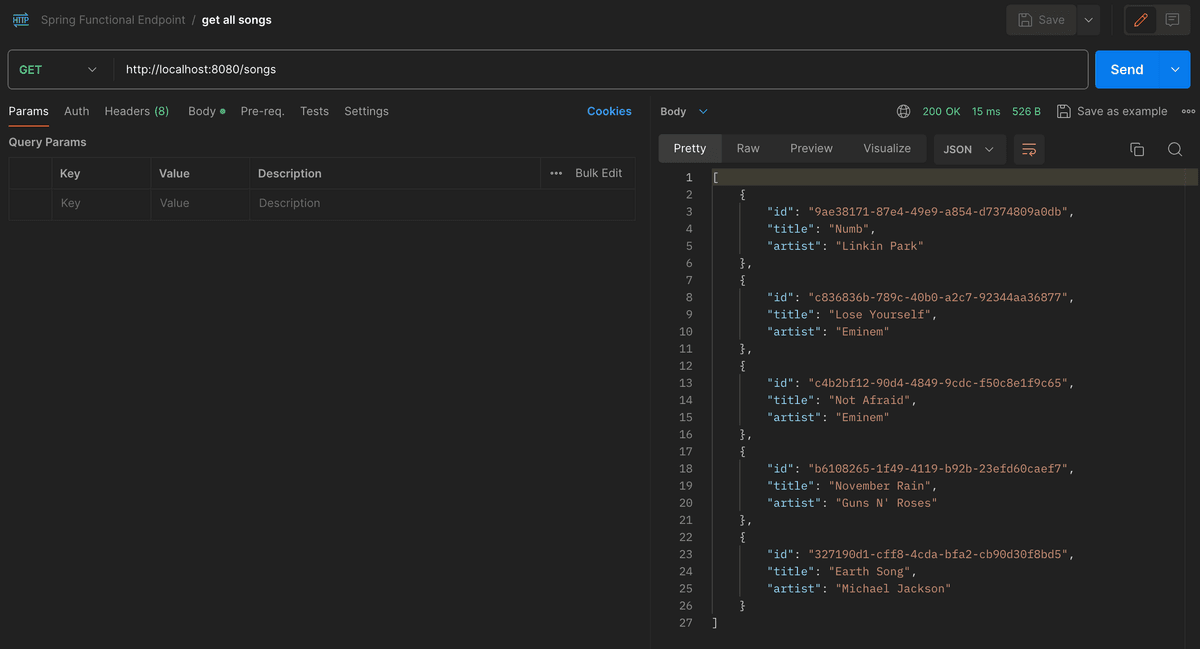import io.daasrattale.webfluxmongofunctionalendpoints.song.exceptions.InvalidParamException;
import io.daasrattale.webfluxmongofunctionalendpoints.song.exceptions.InvalidUUIDException;
import org.springframework.http.HttpStatus;
import org.springframework.stereotype.Service;
import org.springframework.web.reactive.function.server.ServerRequest;
import org.springframework.web.reactive.function.server.ServerResponse;
import reactor.core.publisher.Mono;
import java.util.Optional;
import java.util.UUID;
@Service
public class SongHandler {
private final SongRepository repository;
public SongHandler(SongRepository repository) {
this.repository = repository;
}
public Mono<ServerResponse> findAll(final ServerRequest request) {
return ServerResponse
.ok()
.body(repository.findAll(), Song.class);
}
public Mono<ServerResponse> findAllByArtist(final ServerRequest request) {
return Mono.just(request.queryParam("artist"))
.switchIfEmpty(Mono.error(new InvalidParamException("artist")))
.map(Optional::get)
.map(repository::findAllByArtist)
.flatMap(songFlux -> ServerResponse
.ok()
.body(songFlux, Song.class));
}
public Mono<ServerResponse> create(final ServerRequest request) {
return request.bodyToMono(Song.class)
.switchIfEmpty(Mono.error(new RuntimeException("Song body not found"))) // you can use that or create a custom exception (recommended)
.doOnNext(song -> song.setId(UUID.randomUUID()))
.flatMap(song -> ServerResponse
.status(HttpStatus.CREATED)
.body(repository.save(song), Song.class)
);
}
public Mono<ServerResponse> delete(final ServerRequest request) {
return Mono.just(request.pathVariable("id"))
.map(UUID::fromString)
.doOnError(throwable -> {
throw new InvalidUUIDException(throwable);
})
.flatMap(songId -> ServerResponse
.ok()
.body(repository.deleteById(songId), Void.class)
);
}
}

